The Hidden Dangers of Neglecting Regular Chemical Level Monitoring
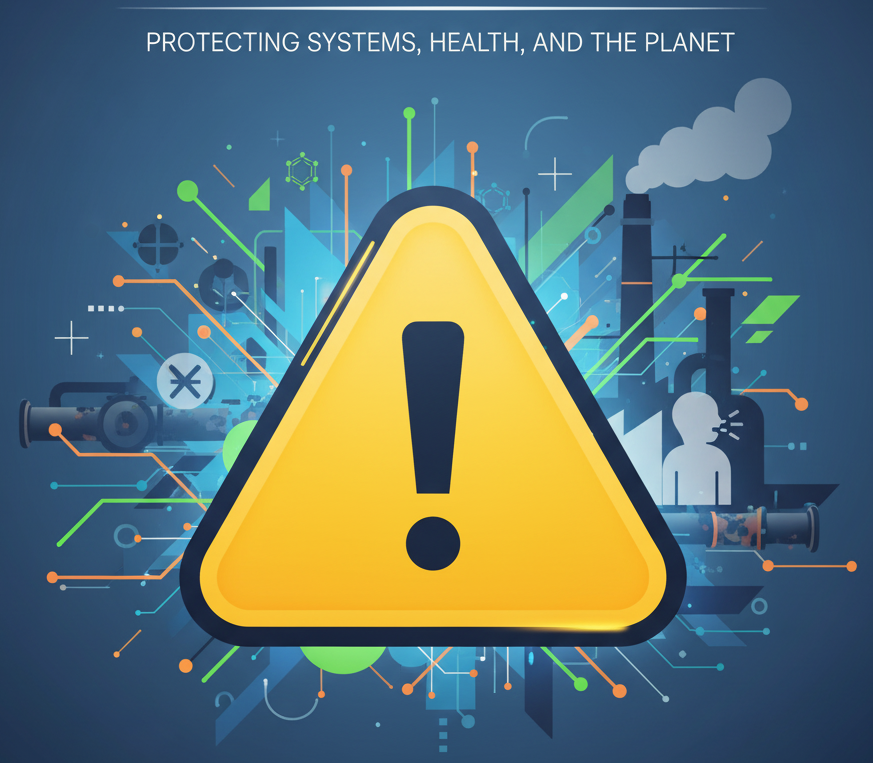
1. Costly Equipment Damage & Operational Downtime
Imagine a critical piece of machinery grinding to a halt, or pipes corroding from the inside out. Unmonitored chemical levels, especially in industrial settings, are a leading cause of such breakdowns. Incorrect pH levels, high concentrations of corrosive agents, or unexpected reactions can rapidly degrade equipment, leading to:
Premature wear and tear: Shortening the lifespan of expensive assets.
System inefficiencies: Leading to higher energy consumption and reduced output.
Unscheduled downtime: Halting operations, resulting in significant financial losses.
Expensive repairs or replacements: Often far more costly than preventative monitoring.
Ignoring these checks is like driving your car without ever checking the oil – disaster is not a possibility, but an eventuality.
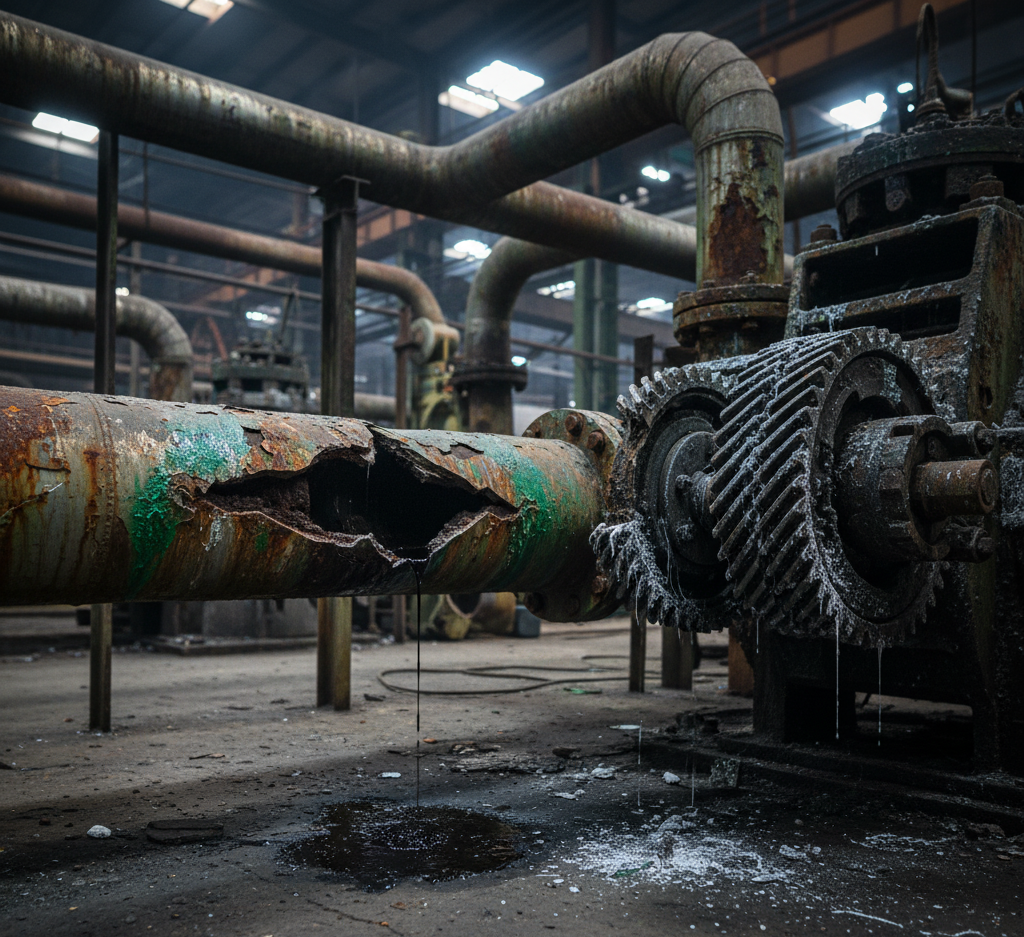
2. Significant Health & Safety Risks
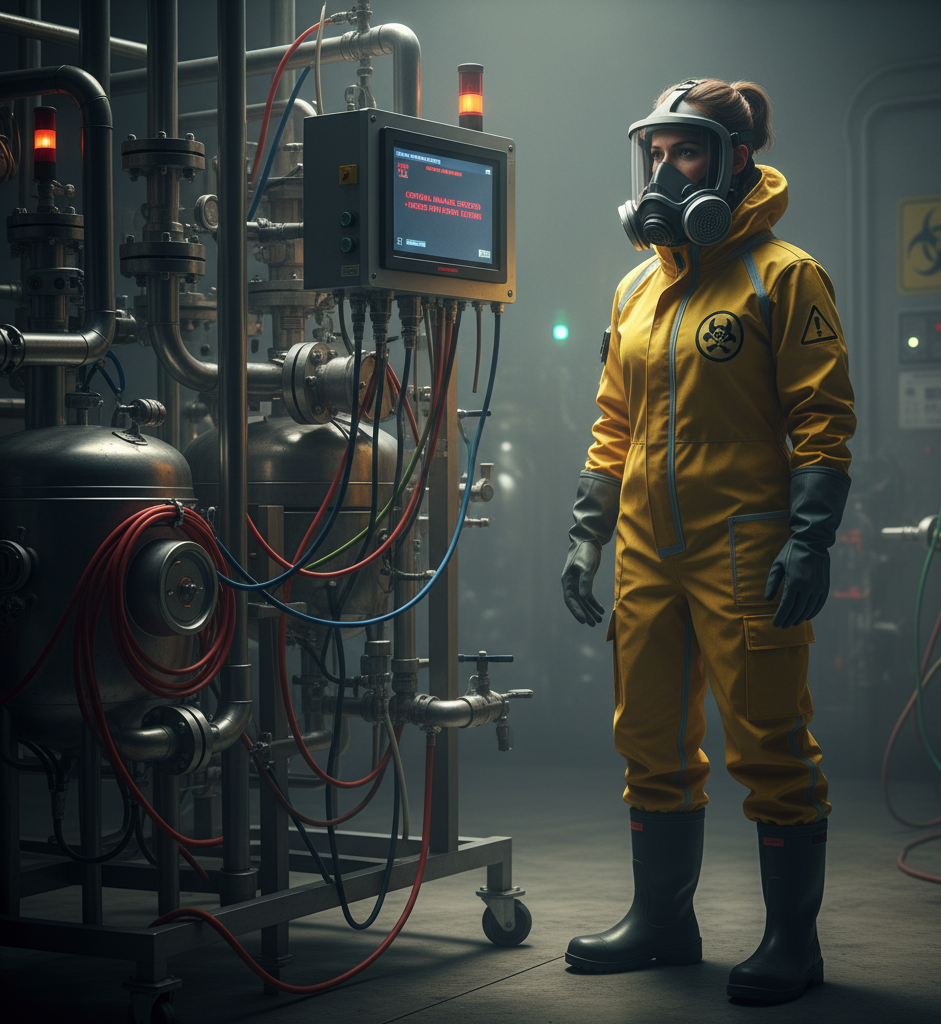
When chemical levels go unchecked, the risk to human health escalates dramatically. This is particularly true in environments where exposure is constant, but even in domestic settings (like pool chemicals or cleaning agents), imbalances can be dangerous.
Toxic exposure: Over time, undetected leaks or airborne particles from imbalanced chemicals can lead to respiratory issues, skin irritations, and long-term health complications.
Accidents & incidents: Unstable chemical mixtures can result in explosions, fires, or the release of hazardous fumes, endangering workers and nearby communities.
Contaminated products: In sectors like food processing or pharmaceuticals, incorrect chemical levels can contaminate products, posing a threat to consumers and leading to massive recalls.
Safety should never be an afterthought.
3. Environmental Contamination & Regulatory Fines
The impact of unmonitored chemicals often extends beyond the immediate site. Environmental damage can be devastating and long-lasting.
Water and soil pollution: Leaks or improper disposal of chemical waste due to unknown concentrations can poison water bodies, contaminate soil, and harm ecosystems.
Air quality degradation: Volatile organic compounds (VOCs) or other harmful gases released from unmanaged chemical processes can contribute to air pollution.
Regulatory non-compliance: Governments and environmental agencies impose strict regulations on chemical handling and waste. Failure to monitor can result in hefty fines, legal action, and severe damage to a company’s reputation.
Protecting our planet is a shared responsibility, starting with diligent chemical management.
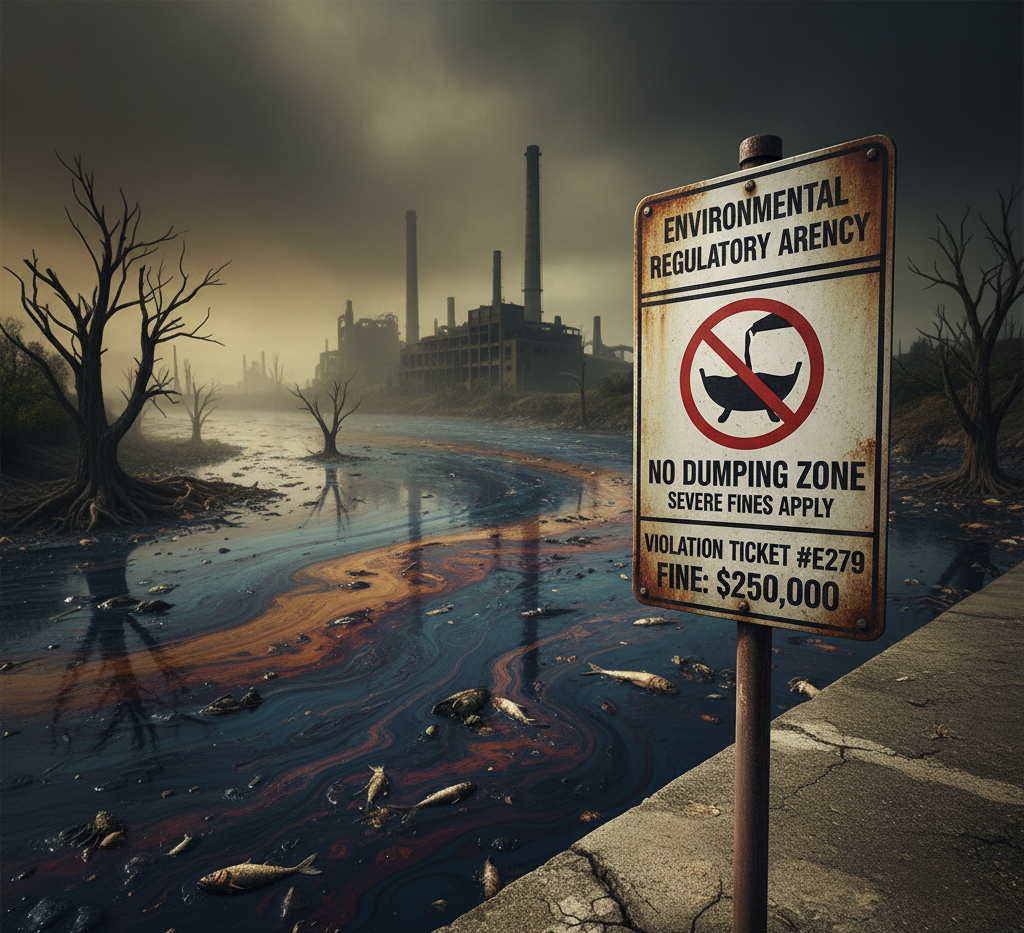
4. Product Quality Degradation & Inconsistency
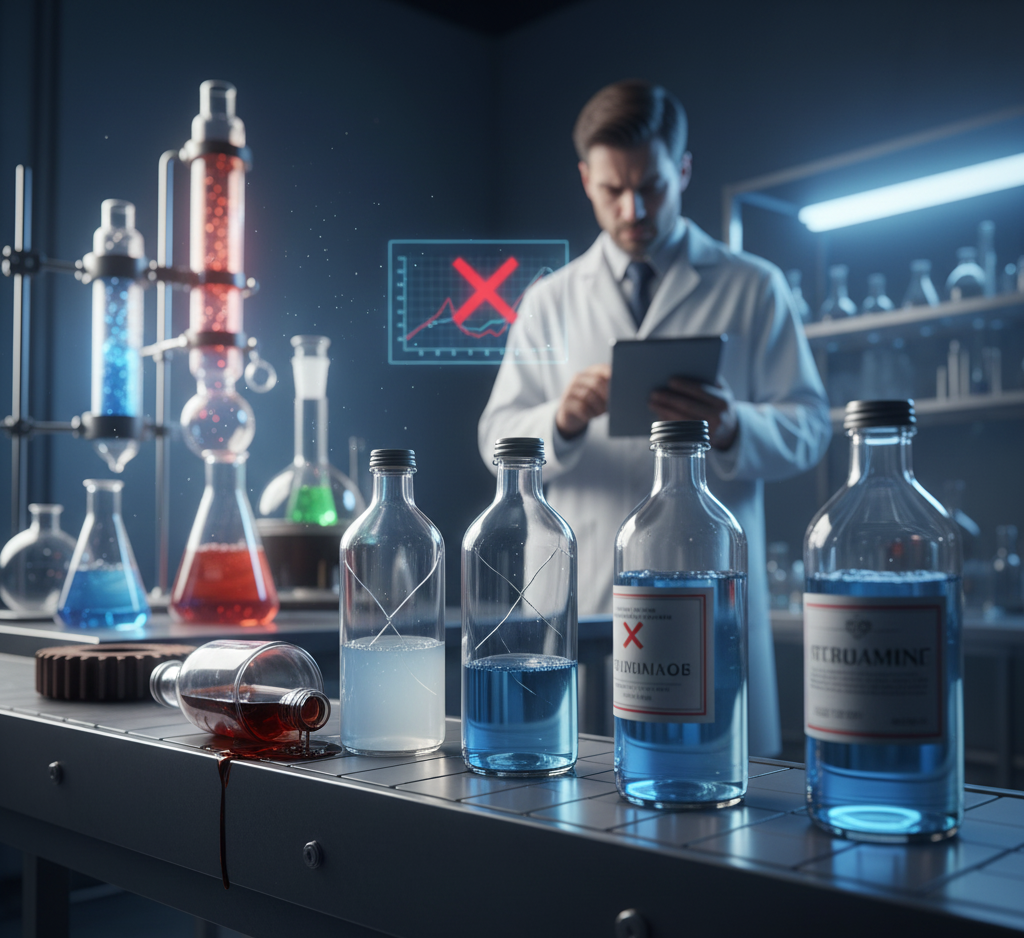
For industries that rely on precise chemical formulations, inconsistent levels spell disaster for product quality. Whether it’s the taste of a beverage, the effectiveness of a medicine, or the durability of a material, chemical balance is paramount.
Batch variations: Without consistent monitoring, each batch of a product can differ, leading to customer dissatisfaction.
Substandard output: Products may not meet required specifications, making them unusable or unsellable.
Reputational damage: Consistent quality issues can erode customer trust and brand loyalty, which is incredibly difficult to rebuild.
The Solution: Embrace Regular Monitoring
Don’t wait for a crisis to act. The message is clear: regular chemical level monitoring is not an expense, but an essential investment. It’s a proactive step that safeguards your assets, protects your people, preserves the environment, and ensures product integrity.
Implement a robust monitoring schedule.
Invest in reliable testing equipment.
Train personnel on proper testing procedures.
Review and adjust protocols based on data.
Ready to ensure your chemical levels are always in check? Contact us today for a consultation on implementing effective monitoring solutions!

